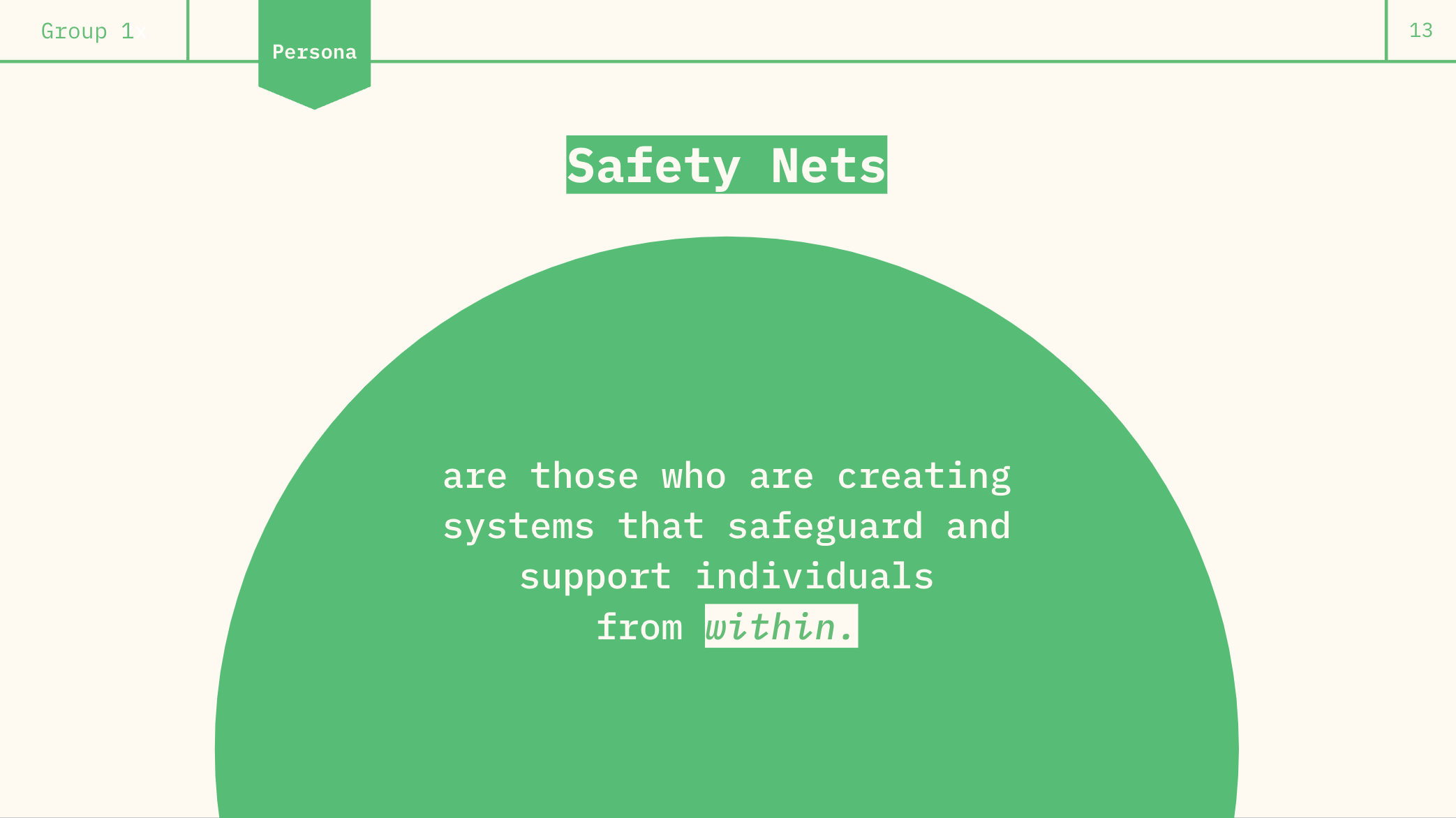Impairment test turned workplace wellness tool.
Druid

Client
Impairment Science, Inc.
Context
SVA Masters in Branding Client Work
Led by Elizabeth Talerman (The Nucleus Group) and Shazeeda Bhola (Firsthand)
Role
Strategist; Researcher; Copywriter
Team
Kelly McPharlin
Gloria Biggers
Sarah Fassberg
Click here to view the complete strategy deck.
Challenge
Druid, an application initially designed to assess individual cognitive impairment to prevent driving under the influence, has struggled to expand its reach. The app tests key neurological indicators, including hand-eye coordination, reaction time, precision, decision-making, time estimation, divided attention, and balance to provide a cognitive readiness score. How can we reposition the tool to be used as an opportunity for collective knowledge instead of a punitive indicator of personal impairment?
Process
Competitive audit
Expansive audit
Consumer research
In-depth interviews
Positioning framework
Strategic Response
Through an “expansive audit,” the process of exploring patterns across categories beyond impairment science and healthcare, my team and I determined there is opportunity for Druid to help Safety Nets, individuals who create systems within companies that safeguard and support collective wellness from within. Druid can be used as a tool to help Safety Nets to measure individual and collective well-being, a process that currently hinges on voluntary vulnerability. Our Safety Nets shared with us that employees hesitate to express their true feelings, fearing that it could be career limiting. And as a result, safety nets aren’t aware that employees are in a free fall until they’ve crashed. When it comes to wellness and individual assessments, employees oftentimes believe that appearing put together and unfazed will protect them. This means that underlying issues – such as toxic workplace culture, mental health challenges, and microaggressions – remain hidden and the workplace culture is inhibited.
By leveraging Druid as a collective temperature check, Safety Nets can be proactive and preventative, and not just rely on honesty or self-reporting, anticipating the fall before it happens. The data will enable Safety Nets to determine a course of action of specific adjustments, such as optimizing work hours for when employees are at peak performance, determining leadership promotion and bonuses based on the collective score, and implementing time off according to well-being.







